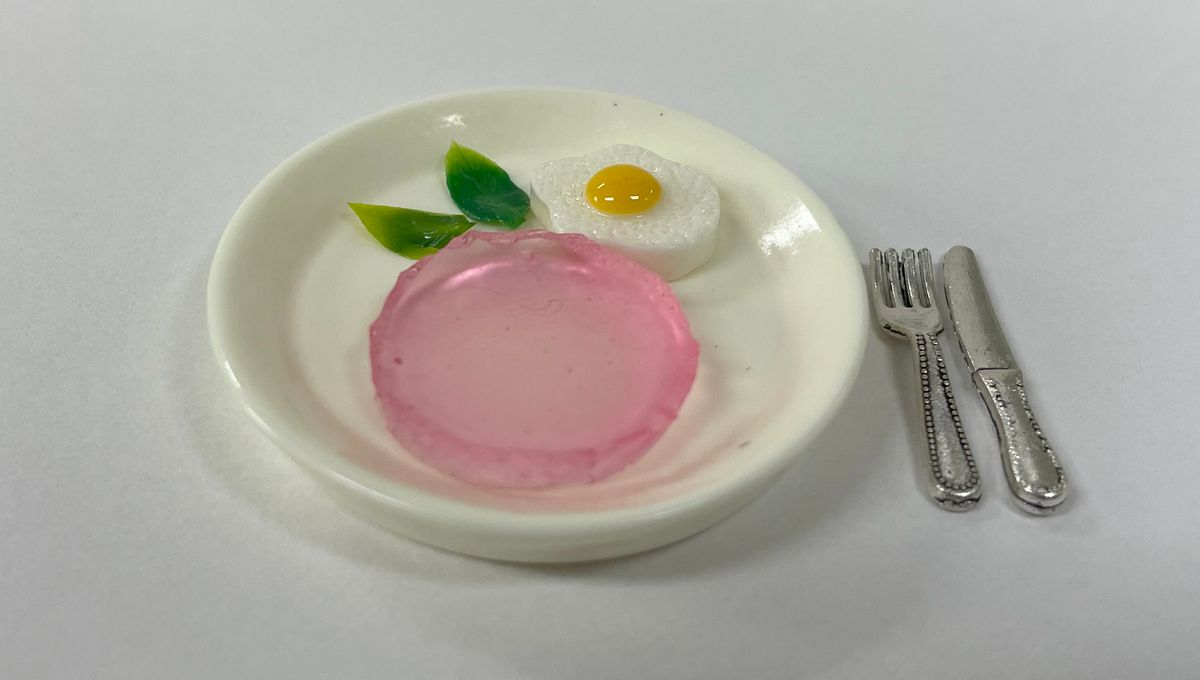Advertisement
Despite the hype, lab-grown meat, also known as cultured meat, hasn’t quite revolutionized our diets as expected. The reasons are varied and, in some cases, predictable. Lengthy and necessary regulatory processes have made these products difficult to purchase, even in the few countries where they’ve been approved. But that’s not the only hurdle this emerging industry has to overcome.
Even among those who champion cultured meat, there’s a consensus that the taste just doesn’t hit the mark yet.
“The experience was closer to eating tofu or seitan than chicken,” Joe Fassler wrote in a New York Times essay back in February. “It would never satisfy a hard-core meat eater.”
For those who see cultured meat as a solution to the environmental and ethical issues tied to traditional animal farming, this is a pressing issue. The solution, according to a new study, lies in an aspect that has been somewhat overlooked in the industry: the flavor of the meat.
You might be thinking: isn’t flavor the first thing you’d consider when developing food? But cultured meat is no ordinary product. It’s not designed to be novel or delicious in its own right – it’s meant to replace a food that’s already widely consumed.
Therefore, research into lab-grown meat has largely focused on replicating the real thing as closely as possible – with varying degrees of success. “Most previous studies have focused on strategies to mimic the properties of meat depending on the cell mass and differentiation,” the new study explains.
“However, several food-related characteristics of meat, such as texture and flavor, are associated with blood and various biological tissues such as muscle, fat, and connective tissues. Because research on cultured meat is still at the cell culture scale rather than tissue culture level, there are limitations in mimicking the […] properties of meat.”
Instead of focusing on the texture and structure of slaughtered meat, the team decided to enhance the aromatic and flavor profile of cultured meat – specifically, grilled beef. The key, they found, was to replicate the Maillard reaction – a chemical process that occurs during cooking, where reducing sugars in the food react with amino acids, leading to changes in color, flavor, and aroma.
“Hundreds of different flavor compounds are created,” explains Science of Cooking. “These compounds in turn break down to form yet more new flavor compounds, and so on. Each type of food has a very distinctive set of flavor compounds that are formed during the Maillard reaction.”
To achieve this, the team developed a new, temperature-responsive scaffold for the cultured meat cells. Made from gelatin and containing a switchable flavor compound, the resulting cultured meat cells “release[s] the conjugated flavor group […] upon [being] heated at the cooking temperature, 150°C,” the paper reports.
But did the beef pass the taste test? According to the researchers’ chemical analysis – which amusingly included the use of an “e-nose” to compare the lab-grown beef to store-bought slaughtered beef – the answer was a resounding yes.
“[Our] results confirm that the SFC [switchable flavor compound] can contribute to the controlled release of the meaty flavor compounds from the scaffold, eventually enabling the fabrication of flavor-rich cultured meat,” the authors write.
So, are we on the brink of seeing lab-grown beef in our local supermarkets? Not quite yet. More research is needed to refine the flavor compounds, the team concludes, and the recipe may need to be adjusted if concerns about animal-derived components are addressed.
And, there’s another small detail in the paper that might dampen your enthusiasm. As “remarkable” as the breakthrough is, the team admits, “this study still encounters a critical limitation. It should be cautious to regard the used reagents as food-grade.”
Well, maybe we’ll stick with the tofu for now.
The study is published in the journal Nature.







